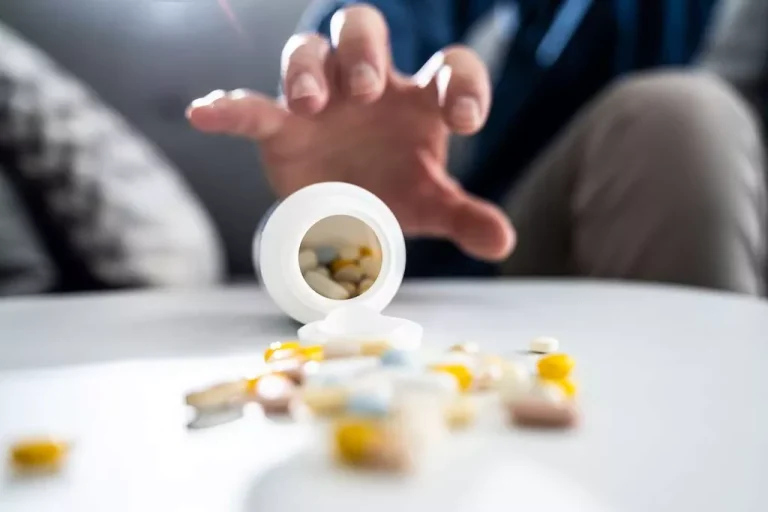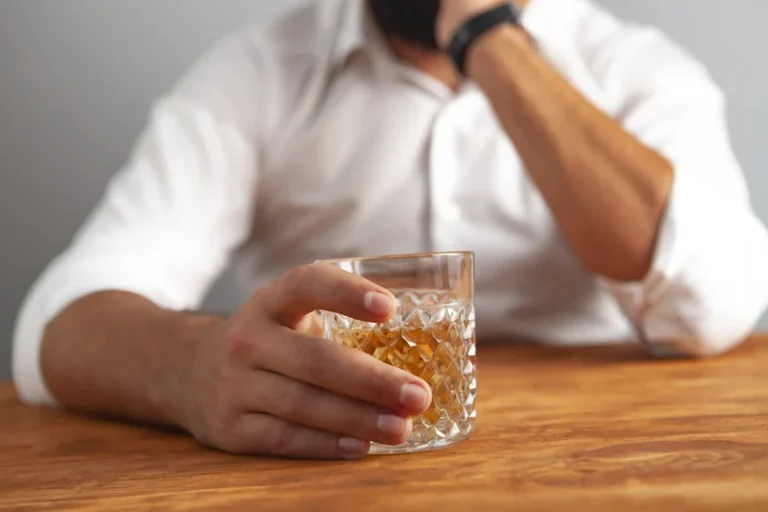
According to a report from Psychology Today, 68.5 million Americans went through some type of alcohol use disorder at some point in their lifetime. About 15 million Americans suffer from alcoholism, and millions get diagnosed yearly. Treatment for alcoholism often involves a combination of therapy, medication, and support.
Physical Signs of Alcoholism

All of these things can affect how you’re looking and feeling on the outside. According to the National Institutes of Health, approximately 30–50 percent of alcoholics have low zinc, which can cause hair loss. Other contributing factors to hair loss that come from consuming too much alcohol are lower levels of vitamin B and C and higher levels of estrogen, according to The Alcoholism Guide. For instance, dark circles under the eyes can stem from lack of sleep or illness and appearing hungover may stem from a one-off night of excessive drinking rather than alcohol addiction. Alcohol abuse can have serious consequences on the body, including damage to the liver. This damage can lead to a build-up of bile in the bloodstream, causing a condition known as jaundice.
Alcohol and Mental Health
By focusing on behaviour, individuals in recovery can start to understand the triggers and patterns that led to their drinking. This perspective shift—from blaming personality to understanding actions—empowers people alcoholic physical appearance to take control of their recovery. Heavy alcohol consumption has been linked to more than 60 different diseases. But it’s worth noting that weight changes don’t necessarily mean someone has an alcohol addiction.
Alcohol and Weight Gain in Women
Some people don’t have the energy or the thought process to continue with nightly regimens like washing their face or brushing their teeth. Once in a while may not be an issue, but making it a habit can contribute to acne, cavities, gum disease, and many other personal hygiene issues. That’s why we offer a world-class alcohol detox programme that is tailored to support your physical recovery from alcoholism.
This “numbing” behaviour is discussed in Brené Brown’s research on vulnerability, where she explains how people often use substances to avoid dealing with deeper emotions, like shame and insecurity. Over time, the temporary relief alcohol provides only deepens the internal wounds, creating a dangerous loop where alcohol becomes both the problem and the (false) solution. As well as the beer belly and drinker’s nose, alcohol can affect your looks in other ways.
Regularly drinking more than the UK Chief Medical Officers’ (CMOs) low risk drinking guidelines (no more than 14 units a week, with several drink-free days) harms your liver. One of the signs of severe alcohol-related liver disease is jaundice – a yellowing of the skin and of the whites of the eyes. If you feel that you sometimes drink too much alcohol, or your drinking is causing problems, or if your family is concerned about your drinking, talk with your health care provider. Other ways to get help include talking with a mental health professional or seeking help from a support group such as Alcoholics Anonymous or a similar type of self-help group. Not everyone with an alcohol use disorder develops a physical dependence to alcohol, but people may exhibit other physicalsymptoms.


90% of patients with rosacea who cut back on alcohol say it helps to reduce flare-ups. At this stage, drinking becomes everything in your life, even at the expense of your livelihood, your health and your relationships. Attempts to stop drinking can result in tremors or hallucinations, https://ecosoberhouse.com/ but therapy, detox, and rehab can help you get your life back. Alcoholism was identified in 1956 as an illness by the American Medical Association (AMA). It’s a disease—an altering of the brain that controls a person’s motivation and ability to make healthy choices.
- There are several dermatologic conditions that can be aggravated by the consumption of alcohol including rosacea and psoriasis.
- Alcohol can have temporary and long-term effects on your physical appearance.
- After an episode of heavy drinking, your liver processes some of the alcohol you consumed.
Behavioral therapies can help people develop skills to avoid and overcome triggers, such as stress, that might lead to drinking. Medications also can help deter drinking during times when individuals may be at greater risk of a return to drinking (e.g., divorce, death of a family member). At Women’s Recovery in Colorado, our alcohol addiction treatment program is designed to help women recover physically, emotionally, and spiritually. Two studies have shown that alcohol consumption can result in weight gain, but not exactly for everyone.

Psychological and Physical Symptoms of Alcoholism
- Consuming alcohol can cause redness in your face, but it isn’t because your skin is trying to mimic the pretty pink cocktails.
- To learn more about alcohol treatment options and search for quality care near you, please visit the NIAAA Alcohol Treatment Navigator.
- In some cases, people may even focus on drinking alcohol instead of eating food, which is why some alcoholics may appear to have thin face shapes.
- Contacting an alcohol use disorder treatment center can help offer advice on where to begin with recovery and how to get help immediately.
These changes in weight can be attributed to the effects of alcohol on the body’s metabolism and nutrient absorption. Furthermore, alcohol addiction can have severe physical and mental health consequences. Excessive and prolonged alcohol consumption can damage various organs in the body, including the liver, heart, and brain.

It’s a skin condition called rosacea, and, believe it or not, it can cause permanent damage. This will sometimes cause the blood vessels on your face to burst and the capillaries to break. Alcohol widens blood vessels in the face, causing redness and a flushed appearance. Long-term heavy drinking can permanently damage blood vessels, potentially resulting in a persistently red face. Long-term alcohol abuse can cause spider veins due to the effect it has on the blood vessels.